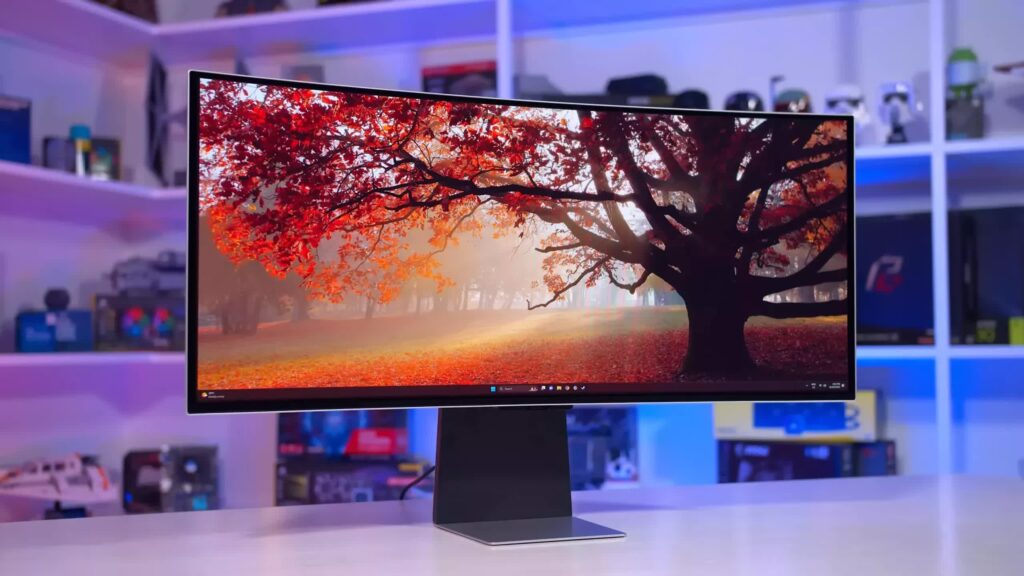
Electronics Prices Under Pressure as Tariffs Shake Up the Market
For American consumers, buying electronics is becoming an increasingly expensive affair. The Trump administration’s tariffs on Chinese imports are driving up costs across various industries, with electronics bearing a particularly heavy burden. In recent years, display prices had been steadily dropping due to increased competition and efficient supply chains, but that trend is now under threat. Major manufacturers such as Dell, HP, and Samsung are stockpiling millions of monitors and laptop screens in an attempt to cushion the impact of rising tariffs, but price increases still seem inevitable.
According to DigiTimes Asia (via Tom’s Hardware), these companies are reportedly importing 2 to 3 million units ahead of schedule in an effort to maintain stable pricing for as long as possible. However, despite these precautions, monitor and laptop screen prices are expected to rise by at least 5 percent. This marks a reversal from previous years, where fierce competition and shrinking profit margins had led to steady price declines for display panels. Now, as geopolitical tensions and trade policies reshape global supply chains, manufacturers are adjusting their strategies to navigate this volatile market.
If a 5 percent increase sounds manageable, consider this: initial estimates from the Consumer Technology Association suggested that some goods could see price hikes of 60 to 100 percent if tariffs escalate further. The Trump administration has a history of making aggressive economic threats, only to later adjust or walk them back. For example, the proposed 25 percent tariffs on Mexico and Canada were delayed, but new taxes on steel and aluminum have already disrupted multiple industries. The uncertainty surrounding potential future tariffs on Taiwan and other key tech manufacturing hubs adds another layer of unpredictability to an already strained market.
Beyond monitors and laptops, PC components like graphics cards are already seeing price increases, with manufacturers citing tariffs as a primary factor. Nvidia’s latest GPUs, which were already in limited supply, have seen retail prices surge due to constrained inventory. Some manufacturers, like ASRock, have publicly stated that they are looking to shift production out of China to avoid further cost increases. Taiwan, the world’s leading semiconductor producer, is one possible relocation site, but Trump’s administration has floated the idea of imposing tariffs as high as 100 percent on Taiwan as well—further complicating the situation.
At this point, two things are clear: prices for American consumers will continue rising, and manufacturers will scramble to find ways around these mounting trade barriers. For PC enthusiasts and everyday buyers alike, this means higher costs for essential components—and no immediate relief in sight.



